This bulletin is the eleventh in a series of Forest Practices Board bulletins describing aspects of forest legislation, practices and trends, and their implications for forest stewardship. These bulletins are intended to foster discussion and to improve understanding of forest practices.
Reports from the forest industry about the effects of their activities have always been important to managing the public forests. However, forestry in BC is in a new era that differs from the past in two important respects in the context of reporting.
First, the move to a results‐based regime under BC’s Forest and Range Practices Act (FRPA) means that accurate reporting is now more important than in the past. Under FRPA, forest licensees have been given freedom to carry out their forest practices provided those practices are consistent with objectives set by government for forest values. One corollary to this freedom to manage is that licensees must provide complete, accurate and timely reports about what has happened, and what the effect has been on the forest, so that government can assess whether its objectives are being met.
A second and perhaps more important difference is that, over the last decade, the forest ministry has dramatically reduced the number of field and office staff responsible for overseeing forestry activities and the role of the remaining staff has changed. In the past, ministry staff could, and did, go to see what was happening on the ground and they provided first‐hand reports. They also received reports submitted by agreement holders, and were involved in ensuring the quality of those reports, and maintaining information in their own offices
British Columbia’s Forest and Range Practices Act (FRPA) and Wildfire Act (WA) are at the core of the provincial government’s stewardship framework, setting out rules that must be followed when forest or range activities are undertaken. If an activity results in a breach of these rules, and it is determined that FRPA or the WA has been contravened, government may order a licensee to remedy the harm.
During the course of this investigation, the Board looked at 55 orders made since 2004 under FRPA and the WA. Most of the orders investigated were in response to contraventions arising from road construction, timber harvesting, silviculture, fire suppression, and range use. The investigation found that some orders raised a concern as to whether or not they were enforceable. It also found that government’s response to non‐compliance with orders has been weak, and that the consequences for not carrying them out have been minimal.
A follow up report to the Board's 2004 report that examined the topic of NTFPs and opportunities for enhancing NTFPs while managing for timber. The follow-up work found that the Board's original recommendations regarding research and knowledge extension have been implemented to a fair degree, but exploration of regulatory options and development of objectives for NTFPs—with limited exceptions related mostly to cultural heritage resources—have not.
Non-timber forest products (NTFPs) are an important forest resource in British Columbia, with the potential to make a significant economic contribution to small, resource-based communities. Non-timber forest products, also known as non-wood forest products and botanical forest products, include all the botanical and mycological resources of the forest, other than conventional timber products such as logs, pulp logs, shakes and firewood.
The Forest Practices Board (the Board) has been involved in many cases where domestic water users are concerned about forestry activities in their watershed. While forest licensees generally carry out their practices in a manner that minimizes negative impacts to water, unintended consequences can, and sometimes do, happen.
This report was prepared following the release of a government discussion paper on modernization of the Water Act. Since that discussion paper was drafted, government has released its policy proposal for a new Water Sustainability Act for BC. The policy document addresses some key issues, and includes proposals to integrate planning and management of the water resource, develop provincial water objectives, consider those objectives in land use decisions and expand compliance and enforcement.
This bulletin is the tenth in a series of Forest Practices Board bulletins describing aspects of forest legislation, practices and trends, and their implications for forest stewardship. These bulletins are intended to foster discussion and to improve understanding of forest practices.
